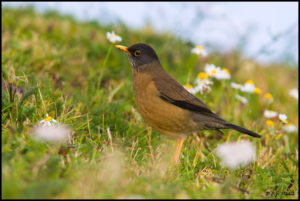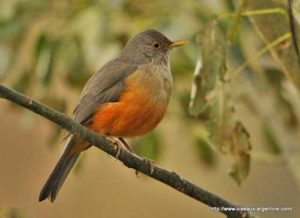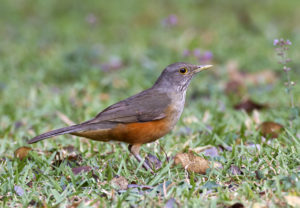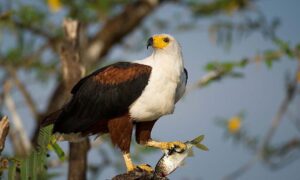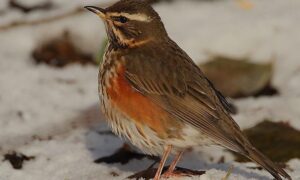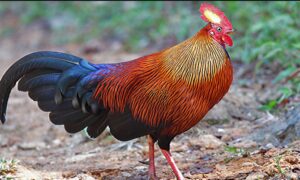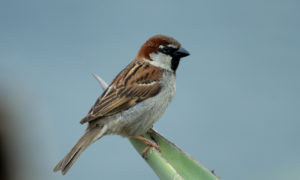The National bird of Brazil is Rufous-bellied Thrus. A bird that is characteristic of flowery environments and fields with many trees and puddles, spas and gardens is the Zorzal. Its scientific name is Turdus rufiventris, difficult to pronounce, but useful when making a specialized classification of this species of animalia kingdom.
National Bird of Brazil
It is an animal whose average size is around 23 centimeters, a size that is larger than that of a Benteveo and a Homer, which nevertheless resemble the national bird of Brazil (Thrush) in other qualities. The name that is given in Argentina to this bird is Zorzal Colorado by the orange coloration of its chest.
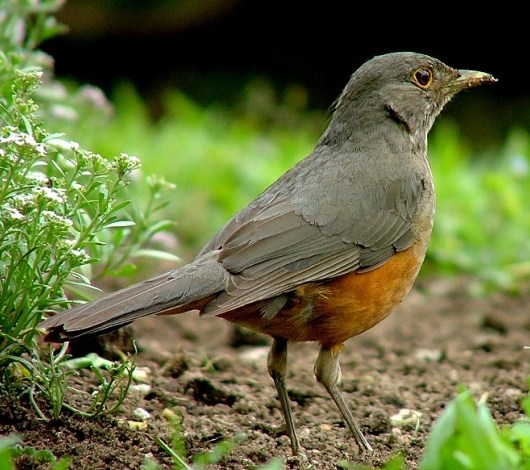
Reproduction
At the end of the winter the national bird of Brazil (thrushes) begin to prepare themselves for the reproduction and the raising of the pigeons. It is then, in August or September, when its characteristic song “fufíu fufíu fufía fufíu fíu fíu fíu” begins to be heard and when the couple, who has remained united during the winter, begins the construction of the nest that will house the offspring. Males are monogamous and very territorial about their partner.
Do you know Toucan is the national bird of Belize ?
They average 3 eggs of light greenish color. During each breeding season, the female builds a nest based on clay, grass, branches, and feathers in high areas and protected from rain.
The eggs are incubated by the female for about 12 to 18 days. The chicks are fed by regurgitation. When the parents come flying to the nest, bringing them food, The pigeons raise their heads immediately, opening their mouths to receive it. In doing so, they exhibit the yellow-orange color of the palate (which differentiates them, for example, from the offspring of other birds that often parasite the clutch).
They leave the nest at 2 weeks of age and remain hidden in the ground until they learn to fly. Once out of the nest, parents continue to nurture and nurture them for a few more weeks.
[table caption=”Rufous-Bellied Thrush Features” width=”500″]
No.,Features,Measures,
1,National Bird,Brazil
2,Family,Thrush
3,Wingspan,15 cm
4,Phylum,Chordate
5,Mass Male, 68 g.
6,Mass Female, 68 g.
7,Body Length,25 cm.
[/table];
Diet
It basically feeds on invertebrates, insects and fruits. The design of its elongated and curved beak at its end allows you to explore the terrain for worms and insects that are its main source of protein.
Personal Observations
Change the melody of the song according to the time of year and time of day. During the evening you can hear it announcing the sunset with a captivating and mesmerizing song, very different from its traditional spring song (we have just an audio of that song we will share it).
It is much easier for them to catch worms when the soil is wet, and they use their sense of smell to sense the moisture. Take the test, if the thrushes are regular visitors to your garden, pay attention to the time of watering, as they are piled in the trees waiting for us to go away to be able to go down to enjoy their banquet!
We have noticed that their static behavior (while looking for food can stay for 2 minutes without moving a single muscle) may be because they need to hear or feel the subtle vibration that their prey produces when they move. We come to this conclusion because while looking for food, most of the time know perfectly where to stick the beak to find a worm; It is as if he could see through the earth.
Interesting facts about Rufous-Bellied Thrush
- His name is Rufous-bellied Thrush
- The habitat of this species consists of open fields, places with many plants and flowers, where there are mounts, puddles and spas. But they are also present in cities
- As for its physical appearance, the thrush, both male and female is thus: the back, head, wings and tail of this small bird is a strong brown tone; The chest is turned gray in the upper part, but in the inferior one that refers to the abdomen is of a beautiful reddish orange tone.
- The peak of the Zorzal strips a yellow opaque, as well as the eyelid, has a hoop bordering the orange eye
- It is a bird that moves by giving small leaps
- It feeds on insects on the ground, or also some fruits when it is in the trees
- When the Zorzal is restless it makes some very strong movements with its tail, swinging from one side to another.
- This species loves to sing, from it comes a rather cute sound, which emits above all in the spring.
This species, frequently observed in Uruguayan territory, is also found in Argentina, especially in the northern and central areas.
Rufous-Bellied Thrush Picture
